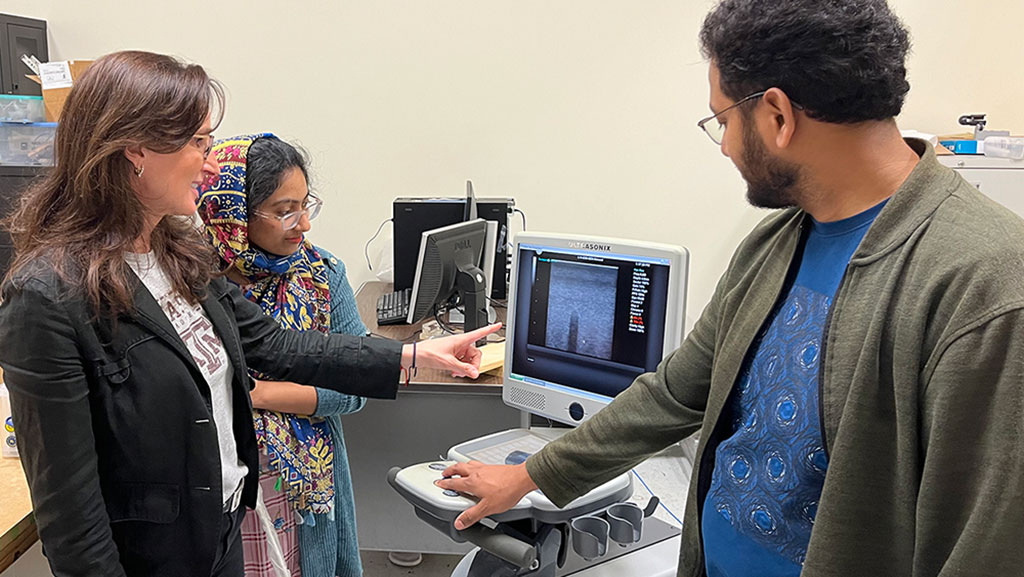Ultrasound Breakthrough Could Have Major Impact on Diagnosis and Treatment of Diseases
Posted on 14 Mar 2023
Having precise and sensitive measurements of tissue stiffness is crucial in the medical field as it helps in detecting various diseases. To accurately gauge tissue stiffness, scientists require two distinct measurements: Young's modulus (YM) and Poisson's ratio (PR). YM serves as a mechanical parameter for tissue stiffness, while PR measures the compressibility of the tissue. Although non-invasive measurement of these parameters is challenging, a new technique now enables researchers to determine both YM and PR accurately without invasive procedures.
Investigators at Texas A&M University (College Station, TX, USA) have focused their efforts on developing imaging biomarkers that clinicians can use to assess the health of patients. The team's primary focus is on biomarkers for living tissue, with a particular interest in tissue stiffness. In an effort to determine YM and PR, the researchers utilized an ultrasound imaging system to collect data while simultaneously applying external pressure on the tissue. They processed the ultrasound data to pinpoint the internal mechanical changes happening in the tissue.

The researchers developed the model by starting with the application of Eshelby's inclusion problem, a widely used method in soil sciences, to measure tissue in the human body. By utilizing this method, they could effectively apply a proven theory to modern biological science. The study serves as an initial and fundamental step, with potential long-term benefits for many individuals worldwide. The study is not only the first to accurately measure both YM and PR, but the method is also among the first to treat tissue as a changing material. Moving forward, the researchers aim to test the model's applicability in the human body.
“This beginning step in our research is very promising,” said Dr. Raffaella Righetti, an associate professor in the Department of Electrical and Computer Engineering at Texas A&M University. “In the future, this method could be used to help determine the diagnosis and prognosis of diseases in the body. Once physicians begin treatment of a disease, they could also use it to monitor how the disease is changing in response to the treatment.”
Related Links:
Texas A&M University













